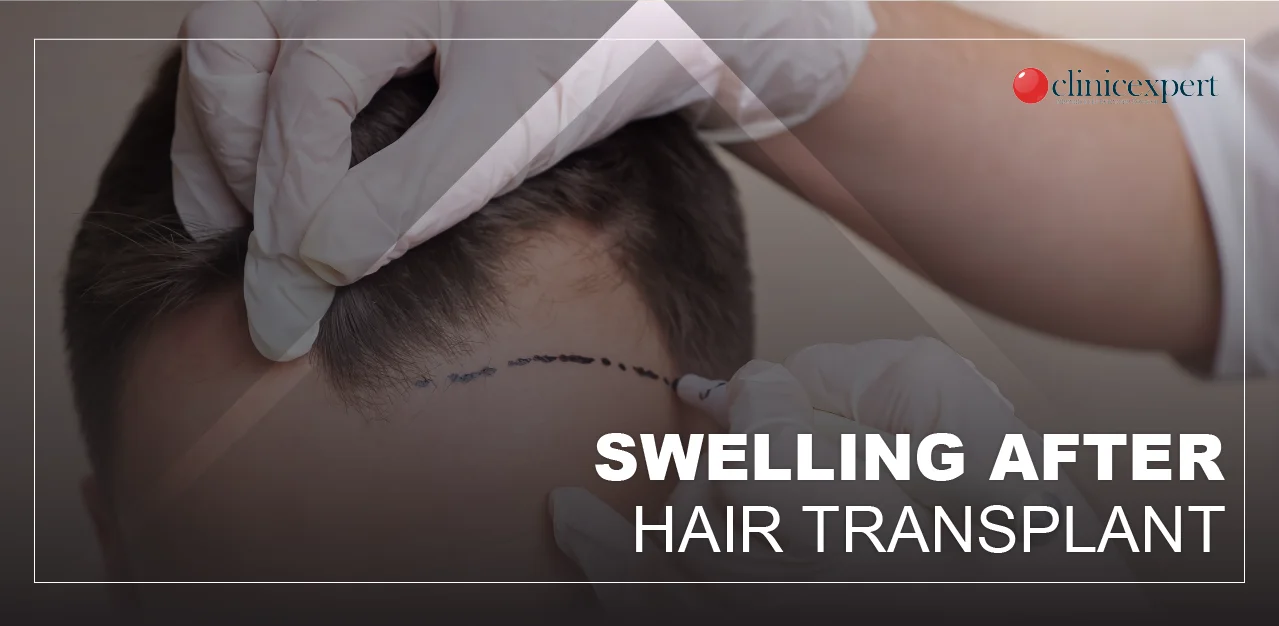Is Swelling Common after Hair Transplant?
Swelling after hair transplantation is a common condition that usually occurs for a few days after the procedure. Despite this, for some patients, this condition is worrying. But don’t be alarmed, we will give you handy tips for dealing with post-hair transplant edema.
Try These to Soothe Swelling after Hair Transplant
Swelling and edema is a natural process that occurs after almost all surgical operations. However, hair transplant patients sometimes forget that they have also undergone a plastic surgery! Yes, even though it is a much simpler process, hair transplantation is also a plastic surgery operation. Therefore, it is quite natural to experience some side effects after the operation. Your hair transplant specialist will provide you with the necessary information on that. Nevertheless, a few small tips will come to your rescue during the healing process.
Apply Cold Compress
One of the most effective ways to relieve edema and swelling after hair transplantation is to use cold compresses. After the procedure, take an ice cube tray chilled in the refrigerator and wrap it in a towel. Then, apply it to your head. This will help reduce edema by constricting the blood vessels. Just be careful not to make harsh movements and do not rub your head!
Keep Your Head Elevated
Another effective way to reduce swelling is to keep your head elevated. This may sound cliché, but it really works. By keeping your head slightly elevated while lying down, you prevent fluid accumulation in the body and thus prevent edema formation.
Continue with Light Exercises
Light exercise can reduce edema by increasing blood circulation. However, avoid overexertion and sweating. Light activities such as walking support your healing process after hair transplantation. But let us remind you; you should never expose your head to the sun after hair transplantation. For this reason, you should not go out at noon.
Is Stinging Normal after Hair Transplant?
Edema and swelling are not the only side effects that occur after the surgery. Stinging sensation after hair transplantation is also a common condition experienced by many people. Stinging sensation is often accompanied by other effects such as headache and itching. However, the duration of this sensation may vary from person to person. Usually, this stinging sensation occurs in the first few days and is relieved after the 10th day as the scabs fall off.
How Long Does Pain and Soreness Last after a Hair Transplantation?
Pain after hair transplantation usually starts immediately after the procedure and becomes most intense in the first few days. However, everyone has a different pain threshold. Therefore, it would be wrong to say that everyone suffers a lot of pain after the operation or that no one feels pain after hair transplantation. That pain, which is usually easily relieved with painkillers, decrease within a week. By the second week of hair transplantation, the patient continues to carry out most daily activities comfortably.



